Water Resources


What are water sources?
Water sources are underground aquifers that can be used for various applications, such as irrigation, drinking water extraction, sprinkling and industrial purposes.
Water sources are essential for ensuring the availability of sufficient water for human needs.

At VDS, we regularly invest in knowledge and technology.
We work with modern machinery and with our enthusiastic team of driven professionals, we can quickly and competently install your well in almost any situation.

Benefits of water resources
There are several advantages to using water sources.
First, water sources provide a reliable and sustainable source of water for various uses.
Using water sources can reduce dependence on surface water sources and the use of non-renewable groundwater resources.
Another benefit of water sources is that they help preserve the natural environment and ecosystem.
Using water sources reduces the risk of rivers and lakes drying out.
Water sources are also a cost-effective way to meet water needs, especially in the long term.
Compared to surface water sources, water sources are less prone to contamination and require less treatment, which can reduce the cost of drinking water production.
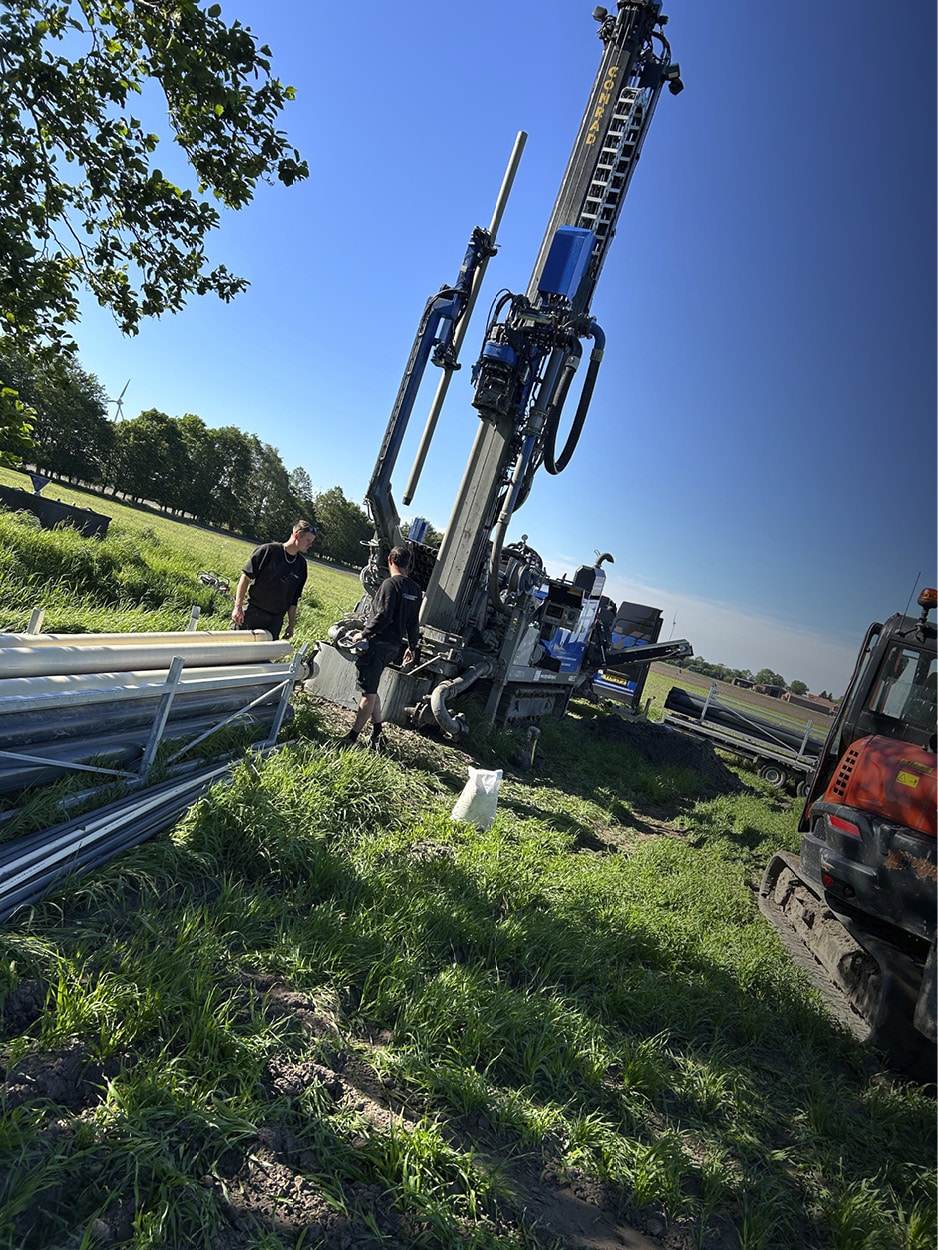
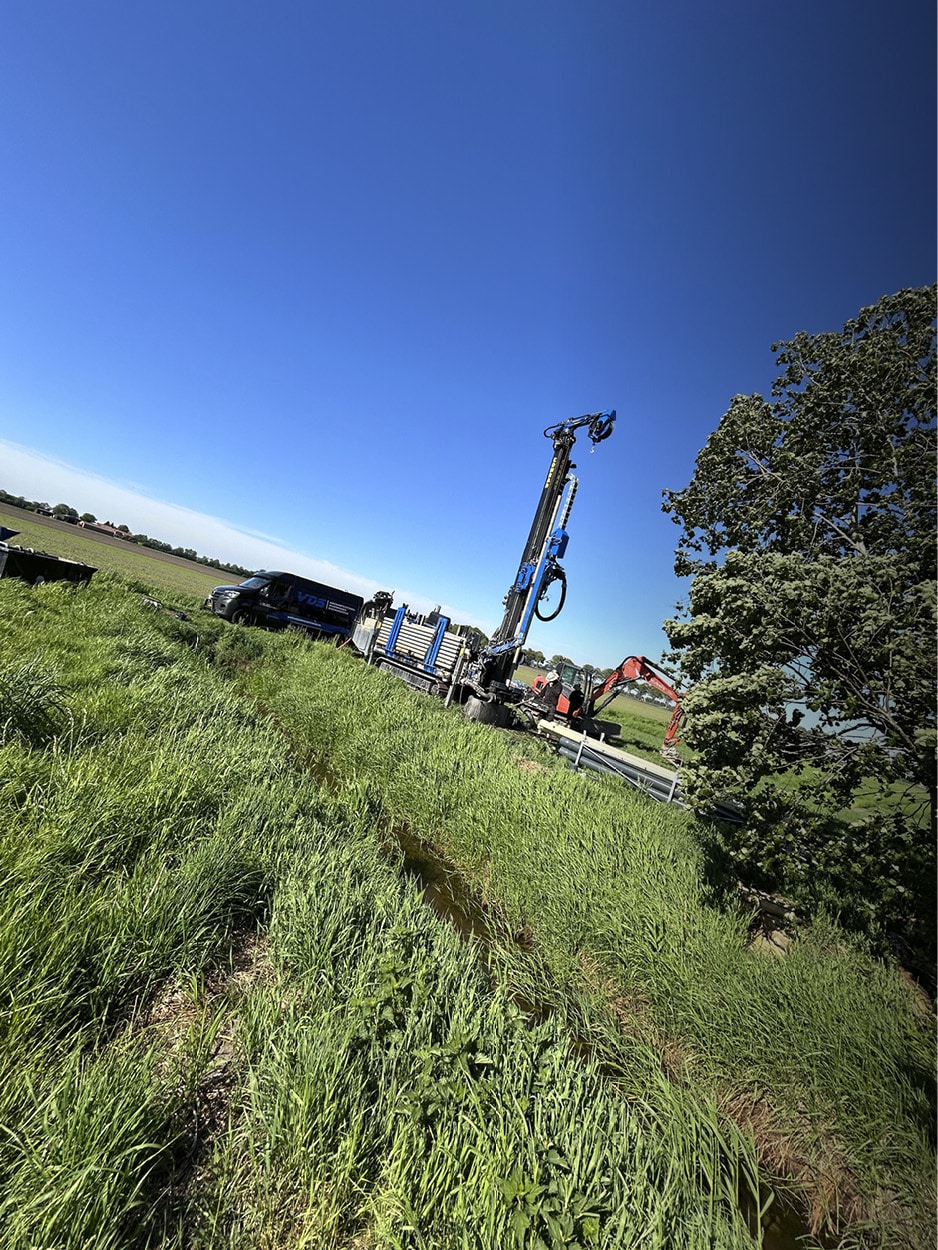
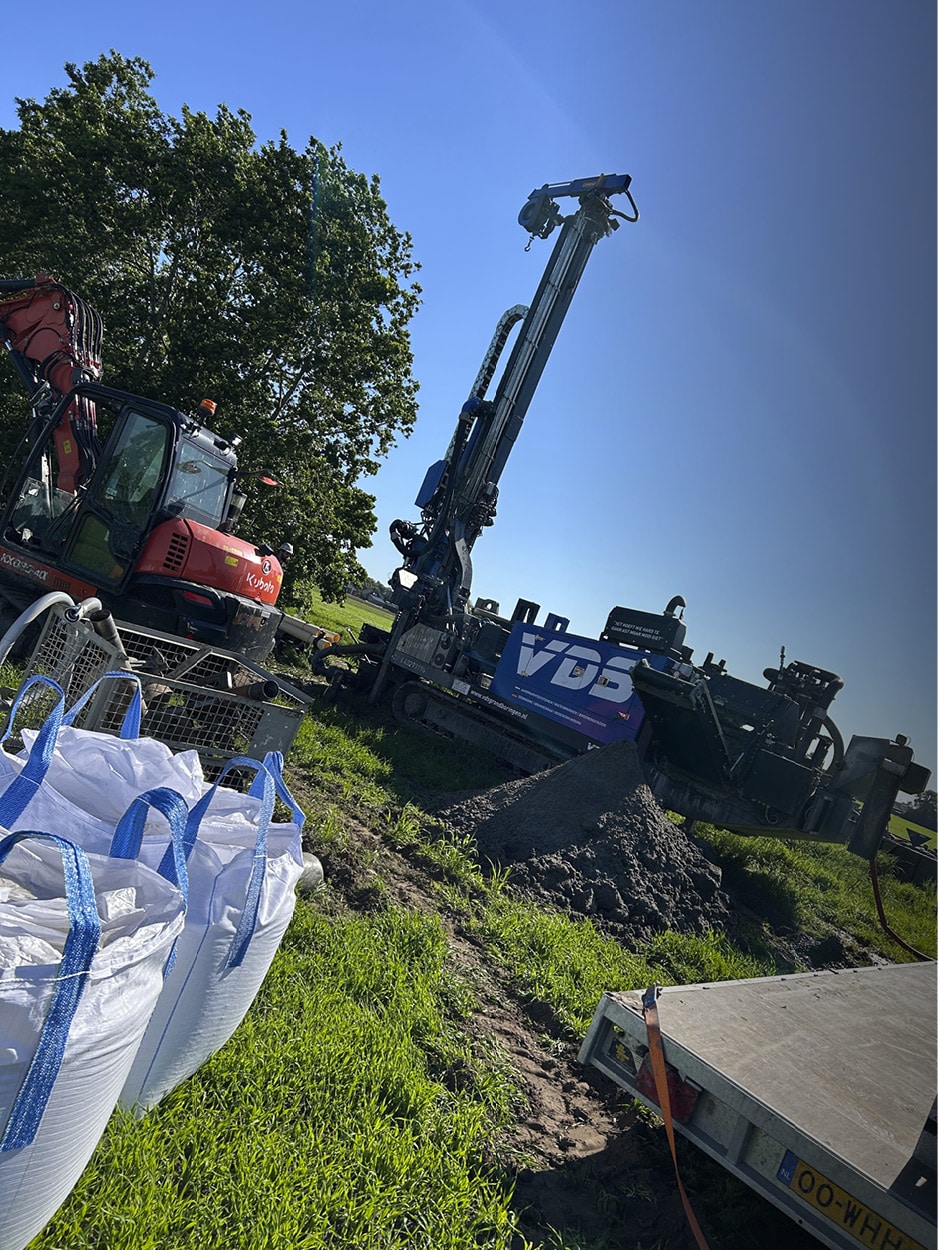
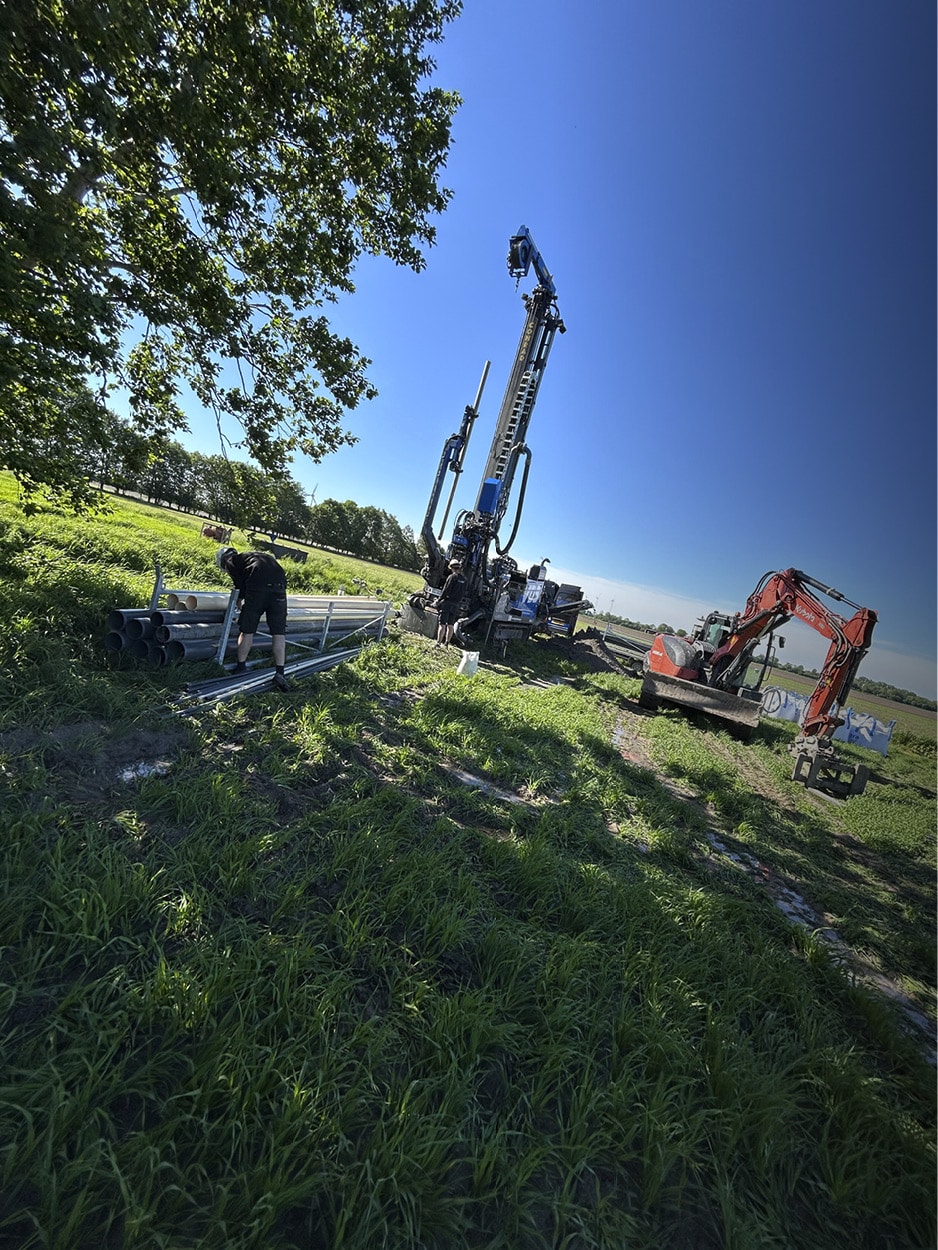
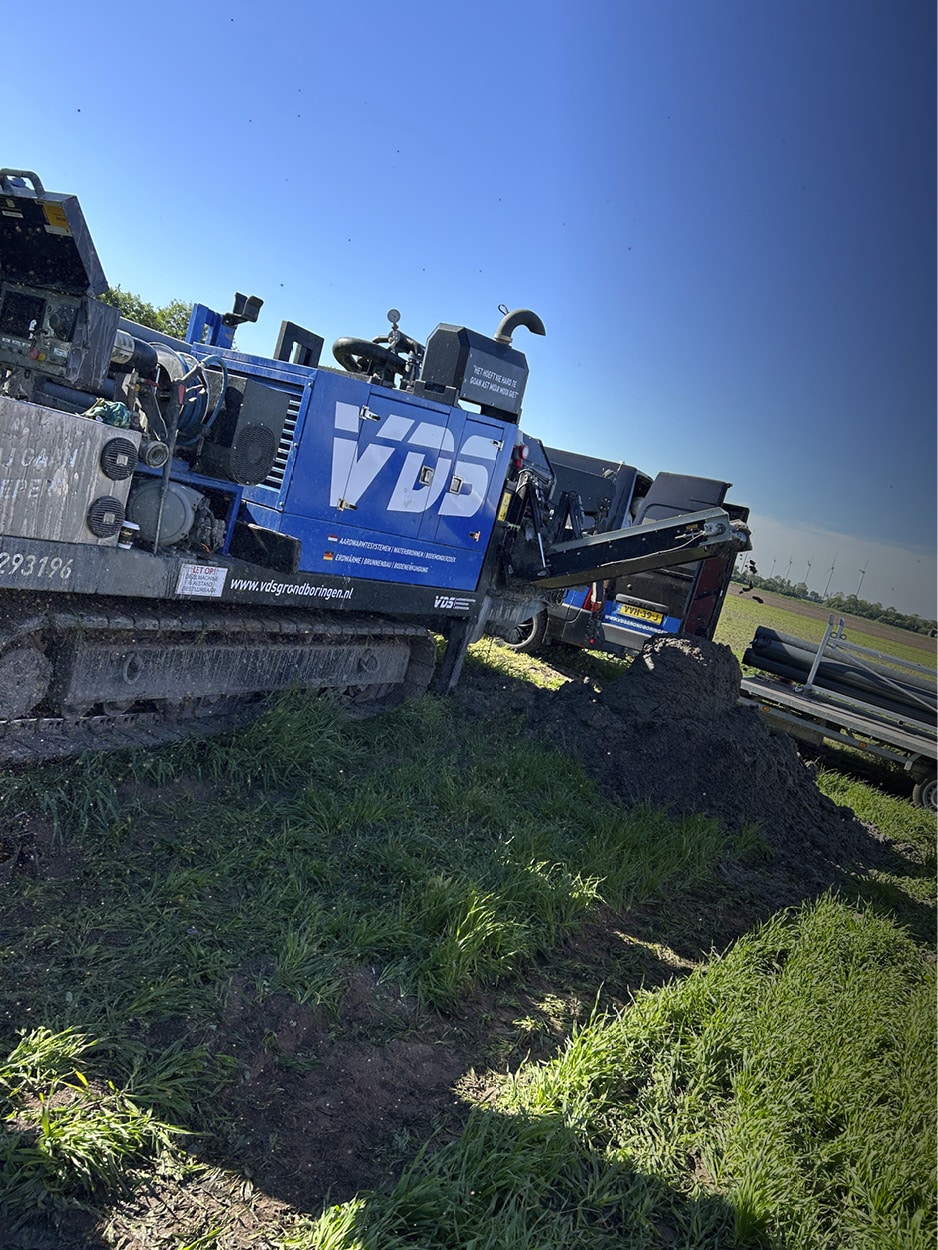
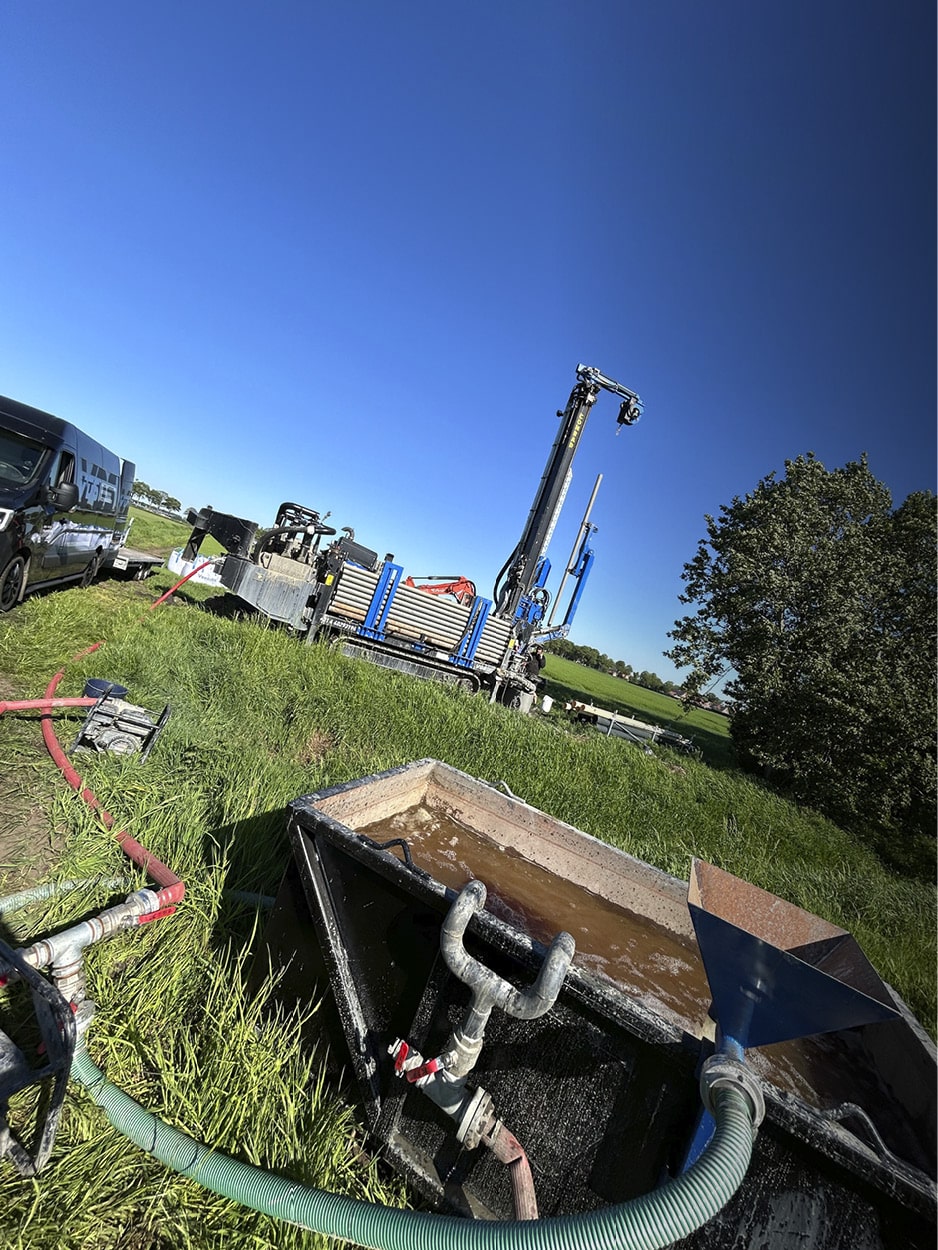
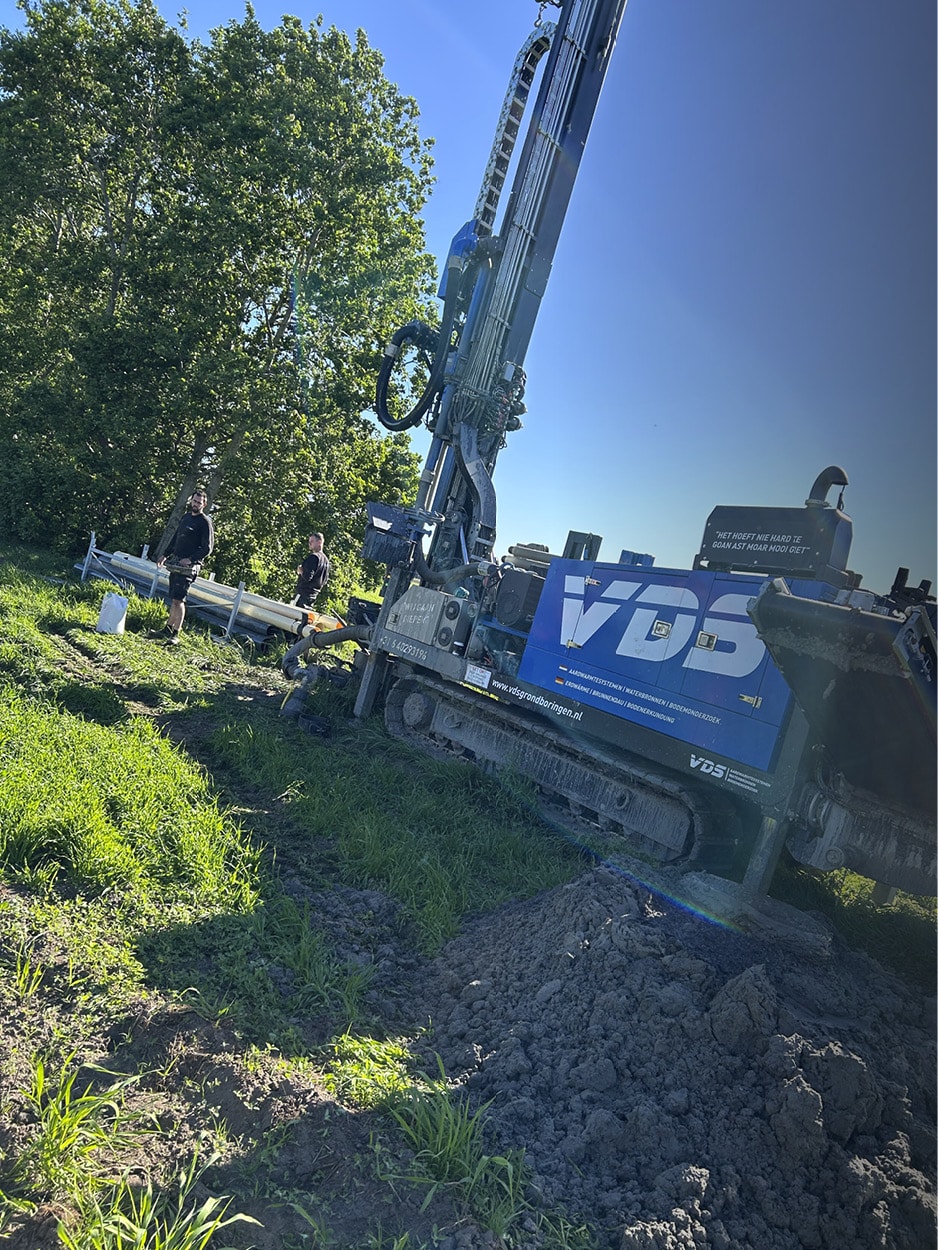
Sustainable Management of Water Resources
It is essential to manage water resources in a sustainable manner as demand for water increases due to population growth, industrial expansion and climate change.
Irresponsible use of water can lead to:
- Depletion of groundwater resources.
- Pollution of surface water from industrial, agricultural or urban activities.
- Water shortages and drought in vulnerable areas.
In short, water resources are vital to life on earth and play a key role in social and economic development.
Landing
Establishing a water source to access groundwater is a process that must be done carefully.
We follow several steps for constructing a water source:
1. Preliminary research and planning
- Soil testing: We examine the soil and water layers to determine where the groundwater is, how deep it is, and whether it is suitable for drinking water or other uses.
- Water quality: Water quality testing is essential to determine whether groundwater is safe for consumption or agriculture, and to detect any contaminants.
- Permits and regulations: Many areas require permits to drill a water well.
We inquire about local regulations and ensure that all necessary permits are in order.
2. Choice of Location
- Suitable location: Based on the soil investigation, choose the most suitable location for drilling.
This should be a site with good access to the aquifer (aquifer) and a stable soil structure. - Distance from pollution sources: Make sure the source is at a safe distance from potential pollution sources, such as sewers, septic tanks or agricultural fields containing pesticides.
3. Drilling process
- Type of drilling: depending on the depth of the groundwater and the soil structure, a particular drilling method is chosen.
There are several techniques, such as:- Manual drilling: Suitable for shallow wells (up to about 15 meters).
- Mechanical drilling: For deeper wells (up to 100 meters or more), using advanced drilling equipment.
- Install casing: Once the drilling is complete, a pipe (casing) is placed in the borehole to prevent collapse and protect the groundwater from surface contamination.
This pipe can be steel or plastic, depending on the depth and conditions. - Apply gravel and filter layer: A layer of gravel or a filter is often placed around the casing to prevent sand and sediment from entering the well.
4. Placement of the Pump
- Choice of pump: An appropriate pump is installed depending on the depth of the water well.
For shallow wells (less than 10 meters), a simple hand pump may be sufficient.
For deeper wells, an electric pump or submersible pump is required. - Pump Installation: The pump is placed in the well and connected to pipes that transport water to the surface.
This can be an upward suction pump for shallow water or a submersible pump for deeper water.
5. Water Storage and Distribution
- Storage tank: A storage tank is often installed in which water is collected before distribution.
This can be useful to have a constant supply of water and avoid peak loads on the pump. - Piping System: Piping is constructed to transport water to the house, irrigation system or other uses.
6. Water treatment (if necessary)
- Filtration and disinfection: Depending on the quality of the water, it may be necessary to install filters or other water treatment systems.
This may include removing sediments, bacteria, chemicals or minerals such as iron and calcium. - Periodic testing: After installation, the water quality should be checked regularly to ensure that it remains safe for its intended use.
7. Maintenance and monitoring
- Periodic maintenance: It is important to regularly check and maintain the water source.
This includes cleaning the pump, checking the water quality and inspecting the pipes and casing for damage. - Refill filters: If water filters are installed, they should be cleaned or replaced regularly to ensure optimal performance.
